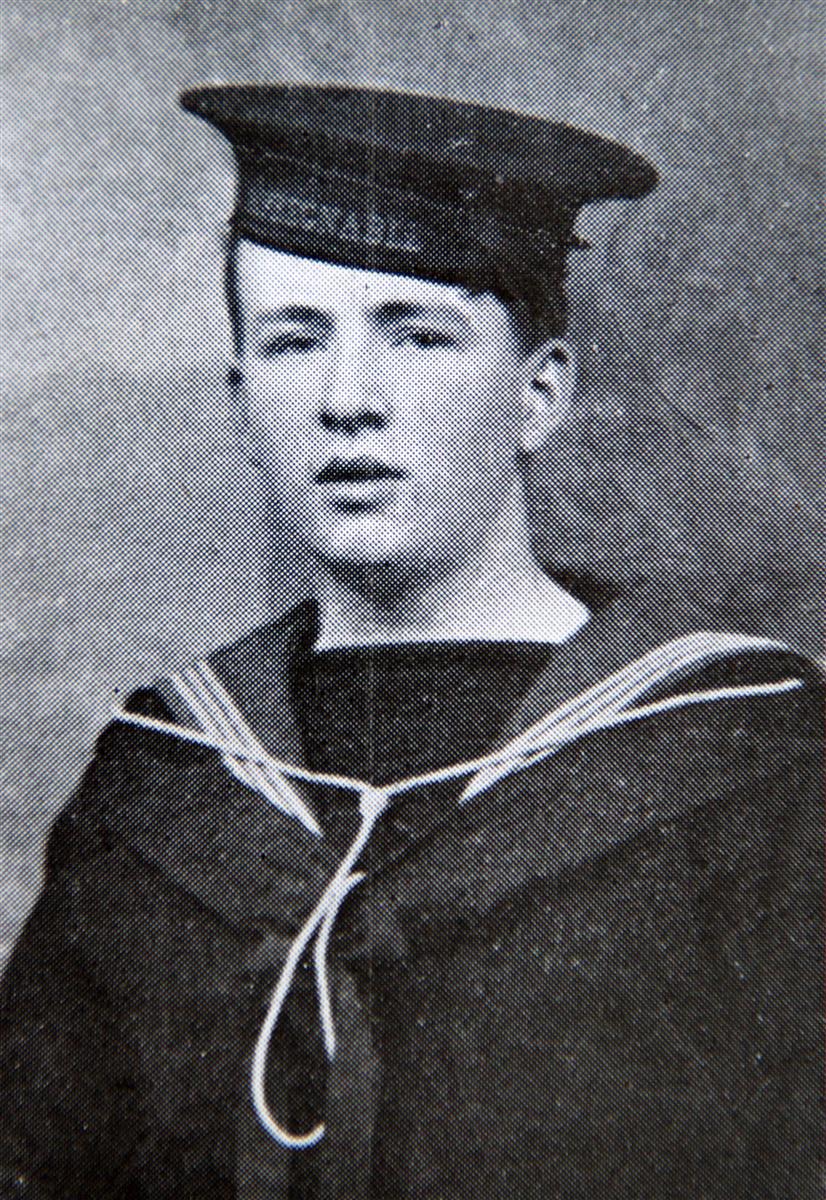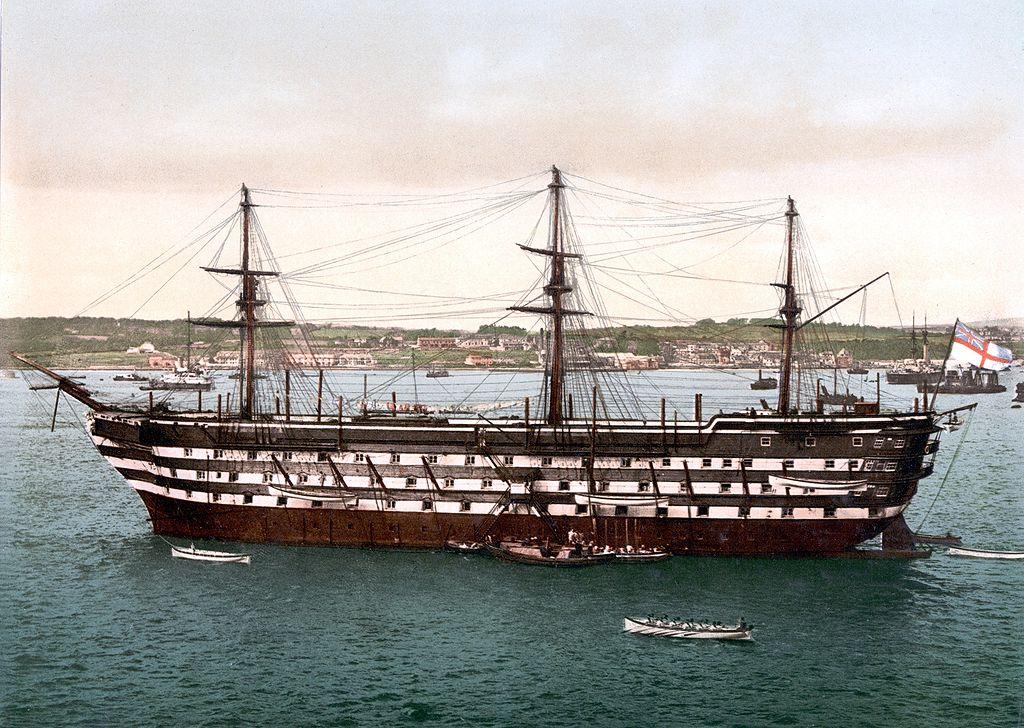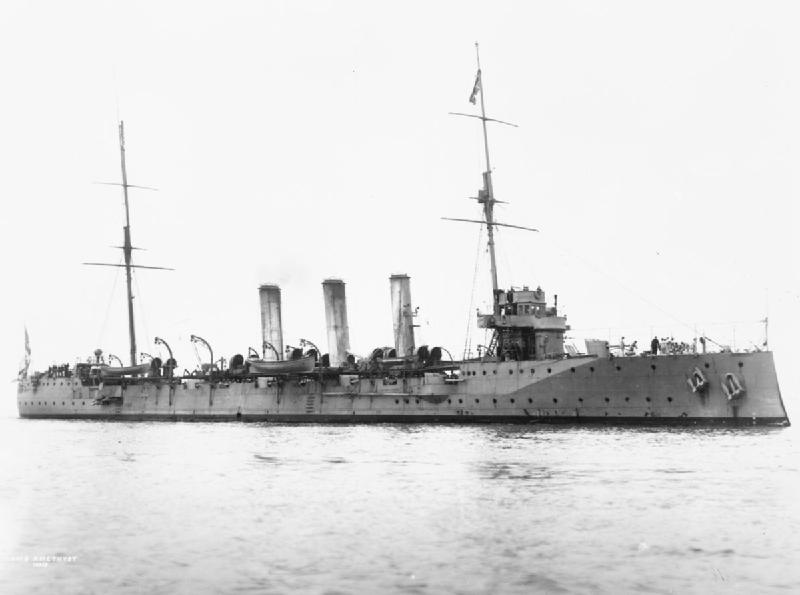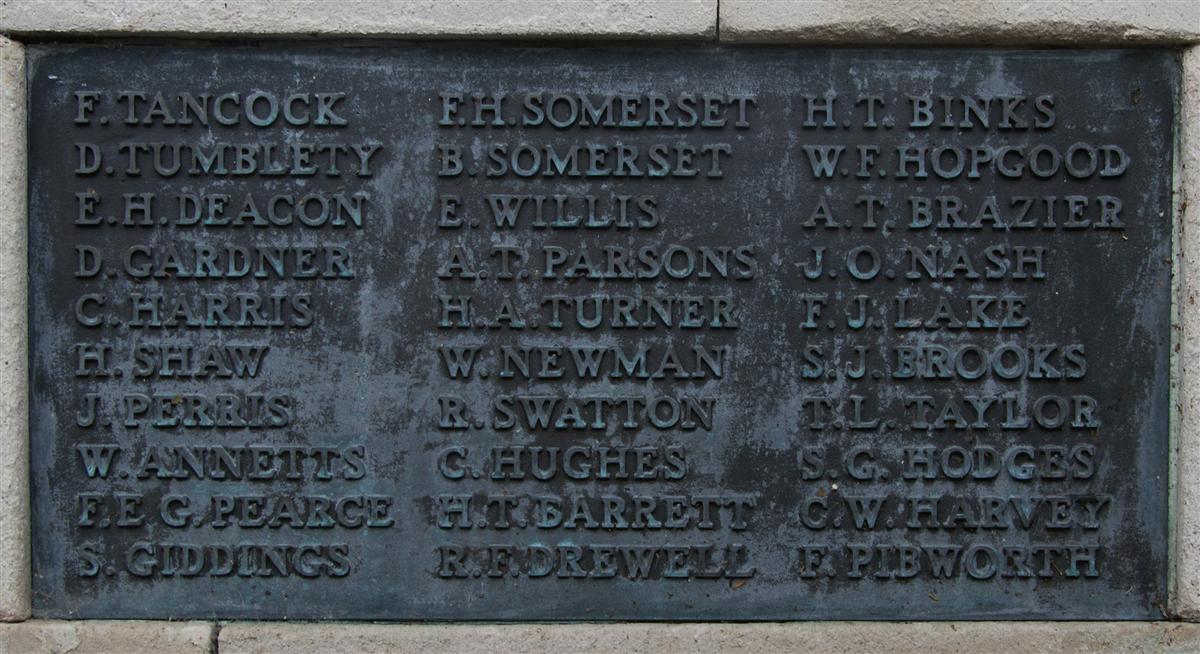David Waddle Meneily Tumblety

David Tumblety |
David was born on 25 February 1898, the son of David Waddle Meneily Tumblety and his wife Augusta née Coxhead; he had only one sibling, an elder sister, Mary Augusta, born in 1890.
David senior was a joiner, originally from Hillsborough in County Down (famous today as the location where the Hillsborough Agreement was signed, bringing peace to Northern Ireland after decades of conflict). Augusta, from Reading, was his second wife, though no trace of the marriage can be found; his first marriage to Elizabeth Andrews took place in London in 1871. He died in 1905, leaving Augusta with 7-year-old David junior to bring up on her own; to do so she found work as a charwoman (cleaner). 14-year-old Mary would also be working and helping to ease the family finances.
When David left school he too worked; aged 13 he found work as a garden boy for Mr Carleton Holmes in Greenham. On 13 October 1912 his sister, Mary, married George Wakefield in Beedon, her second child was born two months later.

HMS Impregnable (wikipedia) |
Gardening was not for David, aged 15 he joined the Navy on 20 January 1914. However, this was a year older than many boy sailors. The Navy recruited youngsters in a form of apprenticeship, the aim being to train them up to the standard of an Ordinary Seaman by their eighteenth birthday. The first step was schoolwork, on HMS Impregnable, an old three-decker warship that looked more like a part of Nelson’s Navy than a 20th Century force. Launched in 1885 she was rendered obsolete when the first ironclad was launched - while Impregnable was being built (as HMS Howe). Never fitted out for fleet use she soon became a training ship and by 1914 was the school for newly recruited boys.
Following his initial training and promotion from Boy Class II to Boy Class I David was promoted again, to Ordinary Seaman (still aged only 16) and posted to HMS Amethyst on 18 January 1915 (not the Amethyst involved in the Yangste Incident in 1949).
His new shipmates had already seen action during the Battle of Heligoland Bight in late August 1914, but a change of scene was in the offing. The Royal Navy, under the guidance of the First Sea Lord, Winston Churchill, was planning a grandiose scheme that they believed would knock Turkey out of the war – the capture of Istanbul.
Amethyst was a part of the force assigned to this task, which gradually grew into a seaborne invasion of the Gallipoli Peninsula and involved ships and troops from France and the British Empire.
Amethyst’s part in the campaign is summarised in a Wikipedia article:

HMS Amethyst (wikipedia) |
On 24 April 1915 Amethyst and her sister-ship Sapphire embarked soldiers and landed them by trawler at Y beach on the northwest shore of the Gallipoli Peninsula in the early morning of 25 April. She supported the British troops ashore with gunfire until 27 April by bombarding enemy positions. By mid-morning on 27 April, with the situation on the beach described as "desperate", surviving troops were beginning to come back on board - Amethyst took on board over 250 officers and men, many of them wounded.
Over the following days, Amethyst continued to provide support to the operations on W, Y and Z beaches. On 3 May she lay off Z beach and reported heavy gunfire on shore and large calibre enemy shells landing in the proximity of the British ships. On the night of 5 May, troops were taken from Z beach for redeployment to X and Y beaches.
Amethyst's last part in the landings occurred on 18 May when she proceeded up the Gulf of Adramyt in the early hours, accompanied by destroyers, arriving at Asia Bay just after 05:00. She sent an armed party away in boats to investigate the possibility of removing enemy lighters, but they returned 20 minutes later reporting that a sandbar prevented them from being moved. Two enemy oil tanks were demolished by gunfire, and at 06:45 an enemy field gun battery opened fire. Amethyst replied, silencing the guns, but was hit with the loss of 1 rating killed and 4 wounded.
Sadly the ‘1 rating killed’ was David Tumblety – the news of his death, published in the local newspaper, included his own description, from a letter home, of the earlier action at the beginning for March:
Newbury Weekly News, 3 June 1915 – Local War Notes
Mrs Tumblety, of 2, Grapes-cottages, Pembroke-road, has suffered a sad bereavement in the death in action of her son, David, who was killed at the Dardanelles on May 18th. Deceased was in the employ of Mr E Carleton Holmes, Greenham, as a garden boy for two years, when he joined the Navy, and was put on board HMS Impregnable. While on this ship he passed all his examinations at the earliest possible date, and later was transferred to HMS Amethyst. He was on board when this cruiser led the British squadron of five ships on Saturday, March 13th, which performed a remarkable feat in dashing ten miles up the Dardanelles, through the mine field. The Turks declared that Nagara Point was impassable, yet the Amethyst advanced well ahead of this promontory, but out of a crew of 296, 23 were killed, and 37 wounded. David described the action in a letter to his Newbury friends, dated April 4th. He says: “It was the most awful sight I have ever seen, and I shall never forget it. There were dead bodies lying all around us, and the deck was streaming in blood. It was pitch dark, and the wounded were crying out in their agony. I had a most marvellous escape, for I had just been relieved at a gun, and had got about three fathoms away, when a shell came and killed all the gun’s crew: thus I escaped without a scratch.” The lad was only 17, and showed wonderful courage, had an excellent character, and at the commencement of his career has died fighting nobly for his land and Sovereign.

David's name on Newbury War Memorial (upper left) |
David has no known grave. On 18 May 1915 the Amethyst took a chaplain on board and proceeded to sea, once outside territorial waters she stopped, the burial service was held and David’s body was committed to the sea.
His name is remembered on the Portsmouth Naval Memorial, panel 8.
Locally he is remembered on tablet 13 of the Newbury Town War Memorial and, probably, on the memorial board and roll of honour in St Nicolas’ Church, Newbury. On the latter two memorials the name ‘A Tumblety’ appears – it seems likely that these refer to David. There is no A Tumblety recorded as a casualty of the war, or in any Newbury records.
A few months after David’s death his sister Mary gave birth to her third child, a daughter; she named the child Dorothy Amethyst – commemorating David’s death in the new generation.
Mary’s husband, George Wakefield also served his country enlisting into the Army Service Corps on 19 October 1915. He never served overseas and was discharged on 17 April 1918 under King’s Regulations clause 392(XVI) – No physically longer fit for war service. This could be the result of an accident or sickness; sadly the surviving documentation does not include his medical record.
Thanks to Dorothy Amethyst Wakefield’s son, Geoffrey Weller, for his input to this story.

Find a memorial :
| Died this day: | |
| 15 January 1943 | |
| L C Lawrence | |
| Newbury |

Like this site? Show your appreciation through a donation to a great charity.